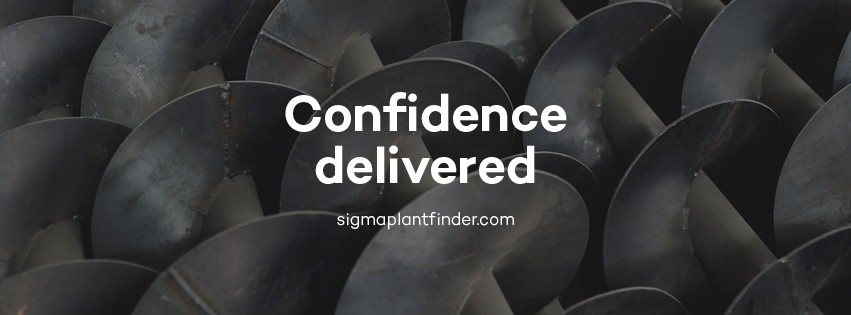
CAT Tier 4 Engines
Caterpillar 972M XE wheel loader fuel fill and DEF
In lower regulated countries, CAT Tier 4 engines which are above 175hp, won’t have to be modified to sell.
On the new CAT 972M XE wheel loader, the blue – capped DEF fill and the fuel fill are next to each other. On other CAT machines, these may have different positions. CAT have two main strategies with their approach of supporting Tier 4 CAT machines which are sold in lower regulated machines.
Tier 4 machines whether they are Interim or Final require an ultra-low sulfur diesel. This can complicate the sale of used Tier 4 CAT machines into countries which do not sell ULSD. CAT is training their dealers in lower regulated countries for machines which are in the 75-175 horsepower range. CAT are doing this with the intention to take off the emissions after treatment. Removal of the emissions after treatment will decertify the machine for sale in highly regulated countries such as the USA and UK. However, machines which are higher than 175 horsepower have a regeneration system which uses a combination of chemicals and heat which takes care of the high levels of sulfur in the fuel. Therefore, no modification is required. Machines which have a higher horsepower classification can be sold back into highly regulated areas.
CAT imagines that for machines between 75 to 175 horsepower, CAT dealers which are located in a lower regulated country will take off the after treatment service systems. Federal regulations prevent US dealers from completing this procedure. This procedure will have to be completed by a CAT dealer due to the high integration of fuel management and electronics with the after treatment system. Buyers who are located in lower regulated countries will need to be educated of the extra costs of removing the after treatment system on Tier 4 machines.
Final SCR Engine Strategy for Tier 4 Machines
Doug Mihelick, who is the commercial manager of CAT Machine Engine and Components, says “The Tier 4 Interim journey was the most challenging new product introduction in our history”. The challenges which CAT were faced with during the innovation were developing and producing 350+ products and meeting various emissions requirements that involve several new technologies. Mihelick says, “Now we get to do it all over again with Tier 4 Final, and at a rate that matches our Tier 4 Interim pace of seven new models a month”. Mihelick refers to the new Tier 4 Interim implementation “a very successful new product introduction”. CAT has 82,000 Tier 4 machines powered products which have a total of 42 million + operating hours. These are located in North America, New Zealand and Australia. Customer reaction has grown from pleasantly surprised to delighted!
The company has invested a grand total of $7 billion into the Tier 4 Interim to Tier 4 final. CAT dealers have stepped up with their training investments for Tier 4 final machines.
Cold weather experiments are extremely important with learning how to deal with DEF which is 67.5% de-ionized water. This freezes at -12 degrees Fahrenheit. There is a heating element inside the DEF tank. The DEF tank should be able to convert a solid block of ice into water within 70 minutes due to emission regulations. CAT recommends that topping up the DEF tank should be a regular part of fueling. The fill necks of the diesel fill and DEF fill are different sizes which prevents a fluid going into the wrong tank. The DEF cap has a warning sign on it to which says not to put anything in except from DEF. If diesel does go into the DEF tank, then the tank will have to be drained depending on the level of contamination. DEF should be stored in a dry, cool and well ventilated place which avoids direct sunlight. Depending on how long DEF is exposed to high temperatures and shelf life, it will degrade over time. DEF should be kept clean of debris because engines do not deal well with a large amount of dirt and other debris. Therefore, filtration will be required but other solutions may be required the more hours the DEF equipped machines perform.
If a machine owner is going from a Tier 4 Interim to a Tier 4 Final machine, the operational differences will be small, Mihelick says. “With an Interim machine, the regeneration device was the primary way to remove soot,” Mihelick says. “On a Final machine, you’ll be using the regeneration device much less. In fact, some machines will never have to regen.” This means the soot gauge on the dash has been replaced with a DEF level gauge. When the DEF tank needs refilling, a warning light will come on. If the DEF level is kept too low, the engine will derate until the DEF tank is refilled.
On Final machines when a machine is turned off, there is an electrical system which eliminates DEF from all lines back into the tank. The machine will automatically continue to be idle in order to cool the DEF down to a suitable temperature. In the unlikely event of a high-temperature shut down, the machine will automatically continue to be idle in order to cool down the DEF to an acceptable shutdown temperature.
If you tell us what engine you have and your location, we can contact CAT UK in conjunction with your local dealer and get you prices and options to take your engine in to remap it.
